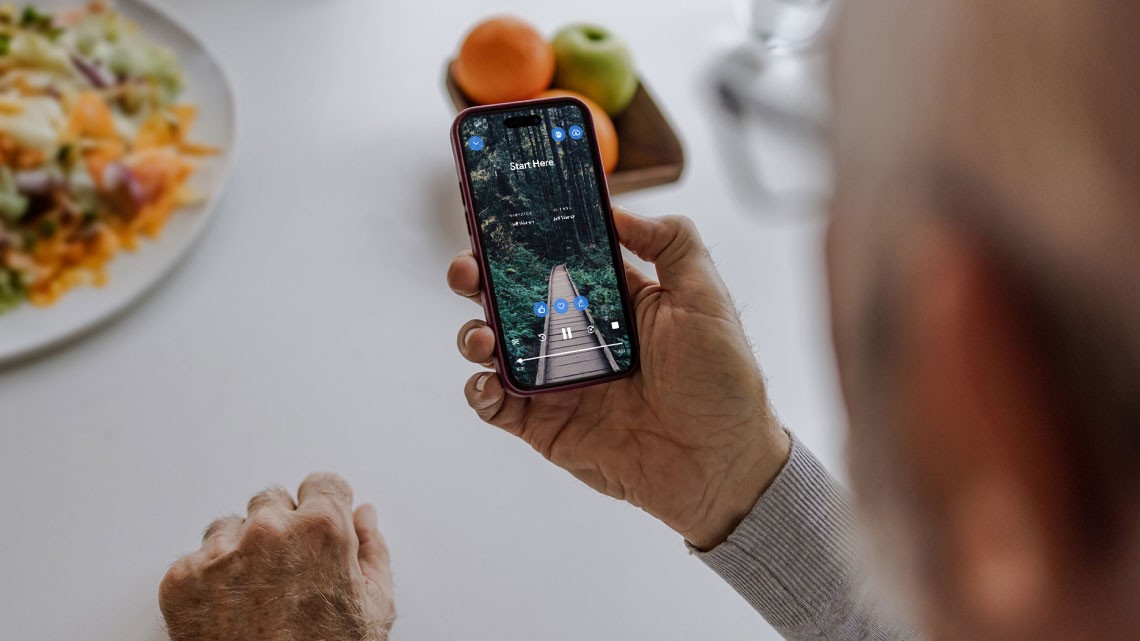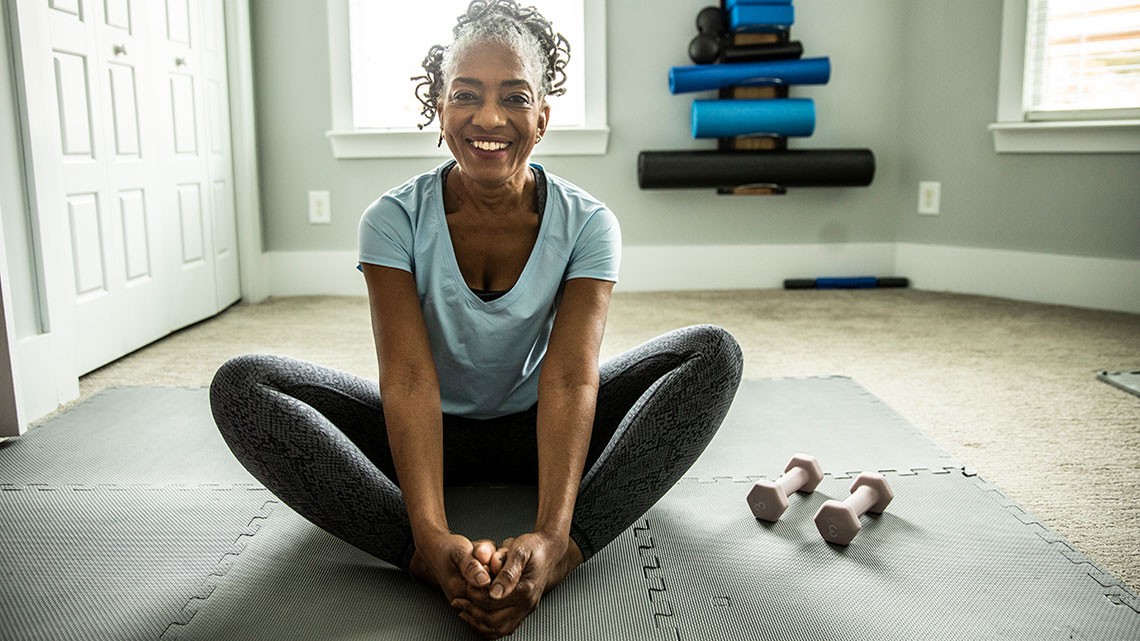Staying Fit


Oprah Winfrey’s decades mining emotional topics on her TV talk show lent her “a front-row seat to unhappiness,” she writes in her and Arthur C. Brooks’ new book Build the Life You Want: The Art and Science of Getting Happier. But, Oprah, 69, adds, it also allowed her to meet so many people who, even in the face of tremendous challenges, were remarkably happy. What made them so?
To better understand and explain happiness, she turned to Brooks, 59, a social scientist who teaches a course on the science of happiness at Harvard and writes a popular column on happiness, How to Build a Life, for The Atlantic. Last year he published From Strength to Strength: Finding Happiness, Success, and Deep Purpose in the Second Half of Life.


AARP Membership— $12 for your first year when you sign up for Automatic Renewal
Get instant access to members-only products and hundreds of discounts, a free second membership, and a subscription to AARP the Magazine.
Their new book argues that with time and effort — there’s no quick fix — anyone can be happier. (Winfrey likes the term “happierness”.) They cite research-tested essentials of happiness, starting with a focus on your inner life and turning outward to focus on what they call the four pillars of happiness: family, friendships, work and spiritual life.
So, how can you be happier? Their advice, in brief:
1. Understand what happiness is — and isn’t.
Happiness, the authors argue, is a combination of three essential things: satisfaction, enjoyment and purpose. And, they emphasize, happiness is not about a lack of unhappiness; unhappiness is an inherent part of being human. In fact, “getting happier requires that we accept unhappiness in our lives as well.” To put it another way: “Be grateful for the bees, not just the honey.” And it requires effort.
2. Practice metacognition.
You can’t choose your feelings but you can choose your reaction to your feelings. How? Through metacognition, which is about experiencing your emotions consciously — taking a step back and observing them rather than reacting instinctively. “Between the conditions around you and your response to them is a space to think and make decisions,” they write. “In this space, you have freedom.”
3. Choose better emotions.
Once you are able to notice your emotions with a bit of distance, you can make an effort to choose better ones. “There is more than one reasonable way to feel about the situation at hand,” the book notes. The challenge is that we often contend with our own negativity bias — a natural human tendency to focus on the negative far more than the positive.
The most effective way to overcome that bias, they say, is by focusing on gratitude. Keep a list of things you are grateful for, to remind yourself.

































































More From AARP
The Big Fall 2023 Book Preview
For your reading list: 26 new novels from John Grisham, Lauren Groff, Stephen King and moreStreisand and Winkler Among the Celebs With Big Memoirs Out This Fall
Top Hollywood stars and music legends describe love, pain and dreams dashed and fulfilled on their roads to fameWhat to Read This Month and More Book News
New releases from Nathan Hill, Bernie Taupin and Oprah, plus an ode to baseball and 10 books that shaped America